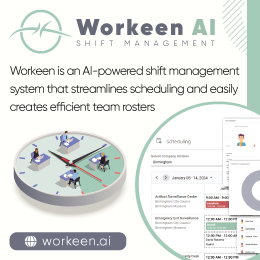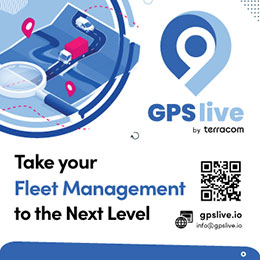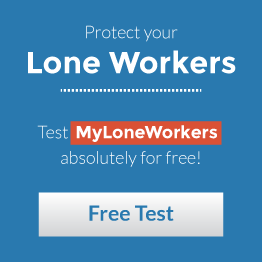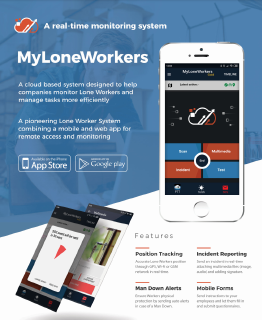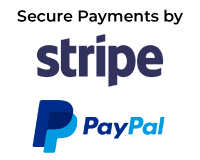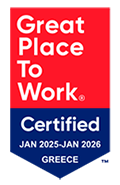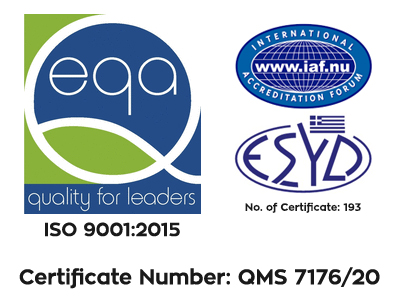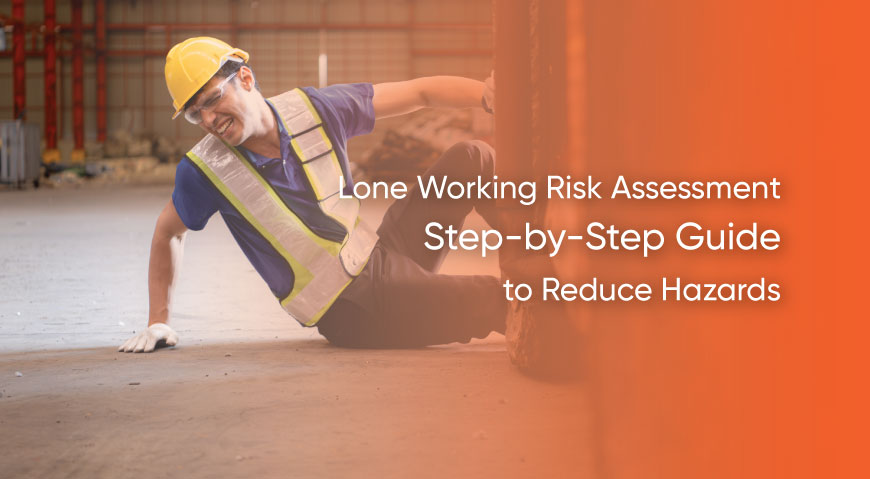
Lone Working Risk Assessment: Step-by-Step Guide to Reduce Hazards
Table of Contents
- Understanding Lone Working: Definitions and Importance
- Why Conduct a Lone Working Risk Assessment?
- Step-by-Step Guide to Lone Working Risk Assessment
- Common Hazards Faced by Lone Workers and How to Mitigate Them
- Practical Tips for Reducing Risks in Lone Working
- The Role of Continuous Monitoring in Lone Working Risk Assessment
- Conclusion: Mastering Lone Working Risk Assessment for Safer Workplaces
Ensuring the safety of employees who operate independently is paramount. A thorough lone working risk assessment is essential for identifying potential dangers and implementing effective safeguards. This guide provides employers, safety managers, and compliance officers with practical steps to protect lone workers, reducing risks and promoting a safer workplace. By understanding lone working practices and integrating advanced safety tools, organizations can comply with legal requirements while enhancing operational efficiency.
As a leader in lone worker safety solutions, MyLoneWorkers offers cloud-based technology designed to monitor and protect remote employees. Features like Man Down alerts, BLE panic buttons, Welfare Checks, and Geofencing empower businesses to respond swiftly to hazards. Let's dive into how to conduct a lone working risk assessment that safeguards your team.
Understanding Lone Working: Definitions and Importance
Lone working refers to any situation where an employee performs tasks without direct supervision or immediate access to colleagues. This could include field service technicians, delivery drivers, security guards, or remote maintenance staff. While lone workers contribute significantly to business operations, their isolation increases vulnerability to unforeseen risks.
Protecting lone workers is not just a moral obligation—it's crucial for maintaining productivity and employee well-being. According to health and safety regulations in many regions, employers must prioritize the safety of those working alone. Failure to do so can lead to accidents, legal liabilities, and reputational damage. A proactive approach to lone working ensures that employees feel supported, even in remote settings, fostering loyalty and reducing turnover.
MyLoneWorkers addresses these needs through its comprehensive workforce management system. By utilizing NFC, Beacon, QR-code, and virtual checkpoint technologies, it enables real-time monitoring of lone workers, allowing quick responses to incidents and enhancing overall safety.
Why Conduct a Lone Working Risk Assessment?
A lone working risk assessment is a systematic process to identify, evaluate, and mitigate hazards faced by lone workers. Legally, it's often mandated under occupational health and safety laws, such as the UK's Health and Safety at Work Act or OSHA guidelines in the US, which require employers to assess risks for all employees, including those working alone.
Operationally, conducting a lone working risk assessment minimizes downtime from accidents, lowers insurance premiums, and boosts compliance. It helps organizations anticipate issues like medical emergencies or violence, ensuring business continuity. For instance, without proper assessments, a lone worker in an isolated location might face delays in receiving help, leading to severe consequences.
By integrating tools like MyLoneWorkers, companies can go beyond basic compliance. Its cloud-based infrastructure requires no additional installation, offering quick setup and features like instant SOS alerts to streamline risk management.
Step-by-Step Guide to Lone Working Risk Assessment
Conducting a lone working risk assessment involves a clear, structured process. Follow these steps to ensure comprehensive coverage:
Step 1: Identify Hazards in Lone Working Environments
Begin by mapping out all potential dangers specific to lone workers. Walk through job roles, locations, and tasks to spot risks.
- Common hazards include: Slips, trips, and falls on uneven surfaces; working in isolated or high-risk areas like construction sites; exposure to violence from the public, such as in retail or delivery roles; and medical emergencies like sudden illnesses without nearby assistance.
Use checklists to document these. For example, a field technician might encounter electrical hazards or aggressive encounters during home visits.
MyLoneWorkers aids this step with its Trail Workers feature, which tracks routes via GPS and animations, helping identify high-risk zones early.
Step 2: Evaluate Risks for Lone Workers
Once hazards are identified, assess their likelihood and severity. Rate each on a scale (e.g., low, medium, high) based on factors like frequency of exposure and potential impact.
Consider who might be affected—vulnerable lone workers such as those with pre-existing health conditions—and existing controls. For instance, a high-risk scenario could be a night-shift security guard facing assault, with severe consequences if unaddressed.
Involve employees in this evaluation through surveys or discussions to gain real-world insights. This step ensures your lone working risk assessment is realistic and tailored.
Step 3: Implement Safety Measures to Protect Lone Workers
Based on evaluations, introduce controls to reduce risks. Prioritize elimination where possible, then substitution, engineering, administrative, and personal protective measures.
- Practical recommendations: Provide training on emergency protocols; equip lone workers with communication devices; and establish check-in schedules.
Link these to MyLoneWorkers' features for enhanced protection:
- Man Down Alerts: If a lone worker falls or collapses, a sensor clip detects inactivity and sends automatic notifications to the monitoring center, ensuring rapid response even if the worker can't reach their phone.
- BLE Panic Buttons: External Bluetooth Low Energy buttons allow discreet SOS alerts in urgent situations, ideal when smartphones are inaccessible.
- Welfare Checks: Set timed intervals for safety confirmations; missed checks trigger alerts via web app and email, preventing oversight in lone working scenarios.
- Geofencing: Define virtual boundaries; alerts notify if a lone worker enters or exits high-risk areas, or if checkpoints aren't scanned within zones.
These tools integrate seamlessly, using cloud technology for real-time data transmission via GPS, Wi-Fi, or GSM.
Step 4: Review and Update Lone Working Risk Assessment Procedures
A lone working risk assessment isn't a one-time task. Schedule regular reviews—annually or after incidents, changes in roles, or new regulations.
Monitor effectiveness through incident reports and feedback. Adjust measures as needed; for example, if violence incidents rise, enhance training or add features like SafePass for VIP protection.
Emphasize continuous monitoring to adapt to evolving conditions, such as seasonal weather hazards or new work sites. MyLoneWorkers supports this with real-time analytics, allowing managers to track activities worldwide without complex data interpretation.
Common Hazards Faced by Lone Workers and How to Mitigate Them
Lone workers encounter unique challenges due to their isolation. Here are key examples with mitigation strategies:
- Slips, Trips, and Falls: Often occur in poorly lit or cluttered areas. Mitigate by conducting site inspections and using non-slip footwear. MyLoneWorkers' Man Down alerts provide immediate help if a fall happens.
- Isolated Locations: Remote sites limit access to aid. Use geofencing to monitor boundaries and ensure regular check-ins via Welfare Checks.
- Violence from the Public: Common in customer-facing roles. Train on de-escalation and equip with BLE panic buttons for quick alerts.
- Medical Emergencies: Sudden health issues can be life-threatening alone. Implement SOS features and health monitoring protocols.
By addressing these in your lone working risk assessment, you create a robust safety net. MyLoneWorkers' Test/SOS alerts allow workers to verify systems or signal emergencies, sending timestamps and locations for swift action.
Practical Tips for Reducing Risks in Lone Working
To make your lone working risk assessment actionable, incorporate these tips:
- Involve the Team: Consult lone workers for insights on daily hazards.
- Leverage Technology: Adopt systems like MyLoneWorkers for automated alerts and tracking, reducing human error.
- Train Regularly: Conduct simulations for emergencies, focusing on features like external BLE SOS buttons.
- Document Everything: Keep records of assessments to demonstrate compliance.
- Optimize Scheduling: Use MyLoneWorkers to streamline daily tasks, minimizing exposure to risks through efficient routing.
These steps not only reduce hazards but also position your organization as a safety leader.
The Role of Continuous Monitoring in Lone Working Risk Assessment
Ongoing vigilance is key to effective lone working risk assessment. Work conditions change—new equipment, staff turnover, or external factors like pandemics can introduce risks.
Implement real-time monitoring tools to stay ahead. MyLoneWorkers excels here, offering cloud-based oversight with no setup costs. Features like Geofence alerts and Trail Workers provide visual route tracking, enabling proactive adjustments.
Reassess quarterly or post-incident, updating policies to reflect findings. This adaptive approach ensures lone workers remain protected, supporting long-term well-being and business resilience.
Conclusion: Mastering Lone Working Risk Assessment for Safer Workplaces
A well-executed lone working risk assessment is vital for safeguarding lone workers and ensuring regulatory compliance. By following this step-by-step guide—identifying hazards, evaluating risks, implementing measures like MyLoneWorkers' advanced features, and committing to regular reviews—you can significantly reduce dangers.
Choose MyLoneWorkers to elevate your safety strategy. With tools such as Man Down alerts, Welfare Checks, BLE panic buttons, and Geofencing, it provides reliable protection for remote teams. Protect your lone workers today Book a demo with us today or contact our team to learn more and start building a safer future.

